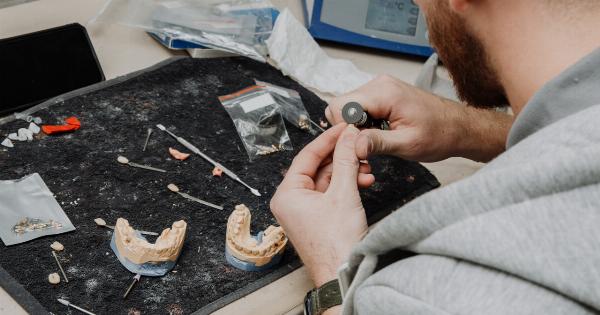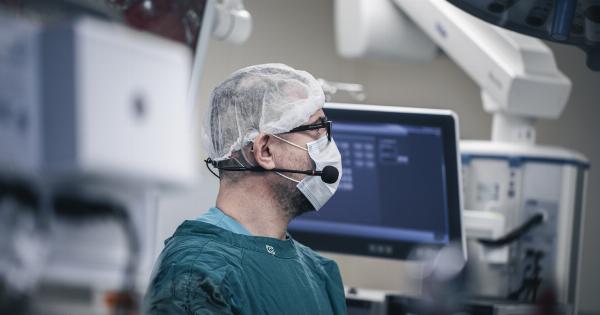Spine surgery has come a long way since its inception. The advancements in technology have revolutionized the way spine surgeries are performed and the results are nothing short of magical.
In this article, we’ll explore the various advancements that have made spine surgery a game-changer in the medical industry.
Minimally Invasive Surgeries
Minimally invasive surgeries have become a buzzword in the medical industry. When it comes to spine surgeries, minimally invasive techniques have proven to be a boon for patients.
Traditional open surgeries require long incisions, extensive tissue cutting, extended recovery time and caused a lot of pain to the patient. Nowadays, with minimally invasive surgery, patients can expect small incisions and less tissue cut, less post-op pain, shorter hospital stays and faster recovery times.
With the application of better technology, variations of minimally invasive techniques are evolving and becoming more prevalent.
Robotic Surgery
Robotic spine surgery is another revolutionary technology that has opened doors to a more precise and safe solution for spinal surgeries.
This particular technology provides real-time imaging of the spine and allows the surgeons to have more accurate positioning and control while performing the surgery. The robot also has advanced dexterity and can reach hard-to-reach areas of the spine where traditional surgery used to be a challenge.
With these capabilities, robotic spine surgery has increased the success rate for surgeries and provided the patients with faster recovery times.
Cutting-Edge Imaging Techniques
Traditional imaging techniques such as x-rays and MRIs are still in use, but now more cutting-edge imaging techniques being introduced in spinal surgery.
These new techniques include 3D imaging, Multi-Modal imaging and O-arm imaging, which provides a real-time 3D map of the surgical site. This innovation has revolutionized imaging technology making it easier for surgeons to locate the exact spot where surgery is required.
These new technologies have enabled patients to receive treatment that is personalized and tailored to their specific needs.
Personalized Implants
Surgeons are now able to create customized implants that are specifically designed for each unique spine.
The technology allows for surgeons to take scans of a patient’s spine and use the images to create an implant that is tailored exactly to the needs of the patient’s spine. The use of personalized implants has led to better success rates of surgeries, fewer complications, quicker healing times, and an overall better outcome for the patient’s quality of life.
Biologics
Biologics have been used for quite a while now in spine surgeries. The difference now is that surgeons are using it more effectively to provide well-rounded healing and regeneration options post-surgery.
Biologics are substances that are naturally occurring in the human body, and when used during surgery, these substances can help to rebuild diseased or damaged tissues. Surgeons are using biologics for fusion procedures, disc regeneration, and wound healing. By using biologics along with the traditional surgical methods, patients are seeing long-term, more complete healing.
Artificial Disc Replacement
Before this innovation, cervical and lumbar spinal fusions were the only surgical options for people suffering from a herniated disc. Artificial disc replacement is a game-changer in this area.
Now people who need relief can go for artificial disc replacement and still maintain natural mobility. The artificial disc is similar in size and shape to the natural spinal disc, and when it’s implanted, it provides stabilization while still allowing natural movement.
3D Printing
3D printing has revolutionized the world in many different applications. One of the most noticeable applications is in the field of medicine. In spine surgery, 3D printing is used to create exhaustive models of a patient’s spine.
Surgeons can study the models and predict what to expect before performing a surgery. This has led to better planning of surgeries, more precision and more successful outcomes.
Conclusion
The advancements in spine surgery have come a long way in the last few years. Surgeons have been able to leverage technology in a way that has produced better outcomes, faster recovery times, and improved quality of life for patients.
Cutting-edge technology has made spine surgery a safer and less painful alternative. The progress in spine surgery has truly been revolutionary.





























